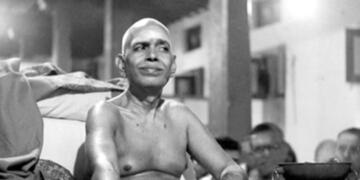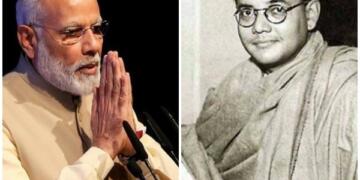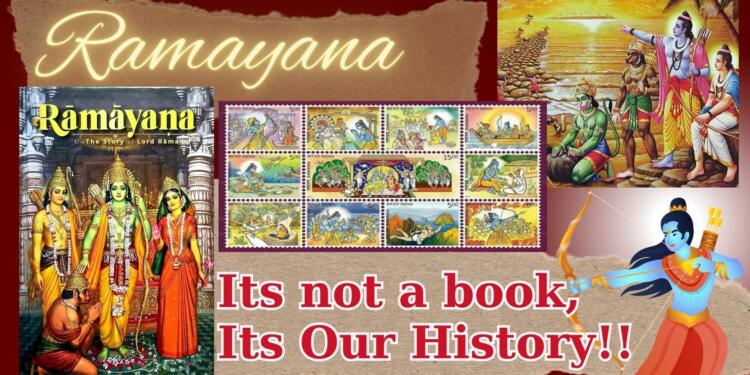The Ramayana, one of the two major Sanskrit epics of ancient India, holds immense cultural and religious significance in the Indian subcontinent. Attributed to the sage Valmiki, this epic narrates the life and adventures of Prince Rama of Ayodhya, his wife Sita, and his loyal companion Hanuman. Beyond its religious and literary importance, the Ramayana has sparked debates regarding its historical accuracy. The various pieces of evidence that enthusiasts and researchers present to support the claim that the events of the Ramayana are not just mythological but have a strong basis in historical occurrences.
Chronology of Ramayana
Ram’s Birth Date
Enthusiasts have put forth a mesmerizing approach regarding the determination of Lord Rama’s birth date by utilizing NASA’s planetary software. According to this, the positions of celestial bodies mentioned in Valmiki’s Ramayana were cross-referenced with the software, leading to the conclusion that Lord Rama was born on January 10, 5114 BCE. This application of modern technology to ancient texts attempts to bridge the gap between mythology and science, providing a specific date for an event traditionally considered timeless.
Ram Setu
Evidence supporting the existence of Ram Setu, the bridge connecting India and Sri Lanka as described in the Ramayana, has been presented through NASA satellite imagery. These images reveal a submerged bridge-like formation between the two countries, capturing the attention of enthusiasts and researchers alike. Additionally, the carbon dating results of the bridge suggest an age that aligns with the estimated timeline of the Ramayana events.
Reputable sources contribute to the validation of the man-made nature of Ram Setu. Geological and archaeological studies, including those by the National Institute of Oceanography, India, support the assertion that the structure is not a natural formation but a remnant of ancient engineering. This convergence of scientific and historical evidence further fuels the Ramayana’s historical authenticity.
Floating Rocks in Rameshwaram
The phenomenon of floating rocks in Rameshwaram adds another intriguing layer to exploring the Ramayana’s historicity. Witnesses, video footage, and news reports document the strange occurrence of rocks that appear to defy gravity, floating on water. While scientific explanations attribute this phenomenon to the unique composition of the rocks, the timing and location coincide with the epic’s descriptions, sparking discussions about the potential correlation between mythology and geological events.

Four-Tusked Elephant
The Ramayana vividly describes Airavata, a celestial four-tusked elephant associated with Lord Indra. Intriguingly, real-life counterparts of this mythical creature are believed to have existed. Gomphotheres, an extinct group of proboscideans related to elephants, had four tusks, and their fossils have been discovered in various parts of the world. The resemblance between the mythical Airavata and these ancient creatures has sparked interest among researchers.

Scientific evidence supporting the existence of four-tusked elephants lies in the fossil records of Gomphotheres. These creatures, with their unique dental structures, left traces of their existence in North and South America, Eurasia, and Africa. The convergence of mythological accounts and paleontological findings adds a layer of intrigue to the study of ancient narratives and their potential connections to prehistoric fauna.
Ram’s Global Acceptance
The influence of the Ramayana extends far beyond the borders of India, resonating in the cultural fabric of numerous countries. In South Korea, Japan, Indonesia, Thailand, Myanmar, Sri Lanka, Cambodia, Malaysia, Philippines, China, Pakistan, Europe, America, Italy, Vatican City, Russia, Iraq, Egypt, Palestine, Honduras, and Peru, Lord Rama is revered and his story holds a significant place in the collective consciousness.
Specific instances of this global acceptance are evident in various monuments, practices, and cultural connections. For example, the Ramayana is known as the “Phra Lak Phra Lam” in Thailand, and the Ramayana Ballet in Indonesia is a vibrant cultural expression. In Cambodia, the Reamker, a local version of the Ramayana, is depicted in the Angkor Wat temple. In South Korea, the historic city of Ayodhya shares its name with the revered city in the Ramayana.
Monuments like the Prambanan Temple in Indonesia, dedicated to Lord Rama, and the Rama IX Bridge in Bangkok, Thailand, stand as testament to the enduring influence of the Ramayana. Cultural connections, festivals, and art forms in these diverse regions reflect the universal appeal of the epic.
The belief in Lord Rama extends to unexpected corners of the globe, such as the presence of a Ram statue in Honduras and the celebration of Diwali in the Vatican City. These instances highlight the transcendent nature of the Ramayana, illustrating its ability to bridge cultural divides and resonate with people across continents, fostering a shared heritage rooted in the timeless values embedded in the epic.
Also Read: ASI Findings Spark Hope for Gyanvapi Resolution
Ramayana’s Textual Evolution
Valmiki’s Ramayana stands as a cornerstone in Hindu literature, revered for its narrative depth and spiritual teachings. Composed in Sanskrit by the sage Valmiki, the epic is considered a significant element of the Hindu canon. However, the Ramayana, like many ancient texts, has undergone evolution over time. The oral tradition preceding its written form and subsequent retellings have contributed to variations in the narrative.
The evolution of the Ramayana is intricately tied to historical contexts, cultural changes, and regional adaptations. Various versions of the epic exist, reflecting diverse interpretations and influences. While Valmiki’s Ramayana is the most widely known, other versions, such as Tulsidas’ “Ramcharitmanas” in Awadhi, present unique perspectives.

Dating the Ramayana accurately poses challenges due to interpolations—additions or alterations made to the original text over centuries. Differentiating between original verses and later insertions is complex, impacting the precision of chronological assessments. Scholars grapple with reconciling textual variations and determining the authentic elements of the Ramayana’s narrative.
Archaeological Evidence
Gangetic Belt
Shri Ram’s journey through the Gangetic belt, as described in the Ramayana, is believed to have left a trail of archaeological evidence. The epic mentions key locations like Ayodhya, Prayagraj, Chitrakoot, and Mithila, all situated along the Gangetic plains. Archaeological excavations in these regions have unearthed artifacts and structures that align with the geographical and historical context of the Ramayana.
Dandak Van and Godavari River
Shri Ram’s travels through Dandak Van and along the Godavari River present another archaeological perspective. The dense Dandak forest, believed to be located in present-day Chhattisgarh and Maharashtra, has been subject to exploration. Archaeological sites in these regions provide insights into the prehistoric and ancient cultures that may have existed during the supposed timeline of the Ramayana.
The Godavari River, mentioned in the epic during Rama’s journey southward, has been associated with archaeological sites along its banks. Temples, inscriptions, and remnants found in Maharashtra and Andhra Pradesh contribute to the broader understanding of the cultural landscape linked to the Ramayana.
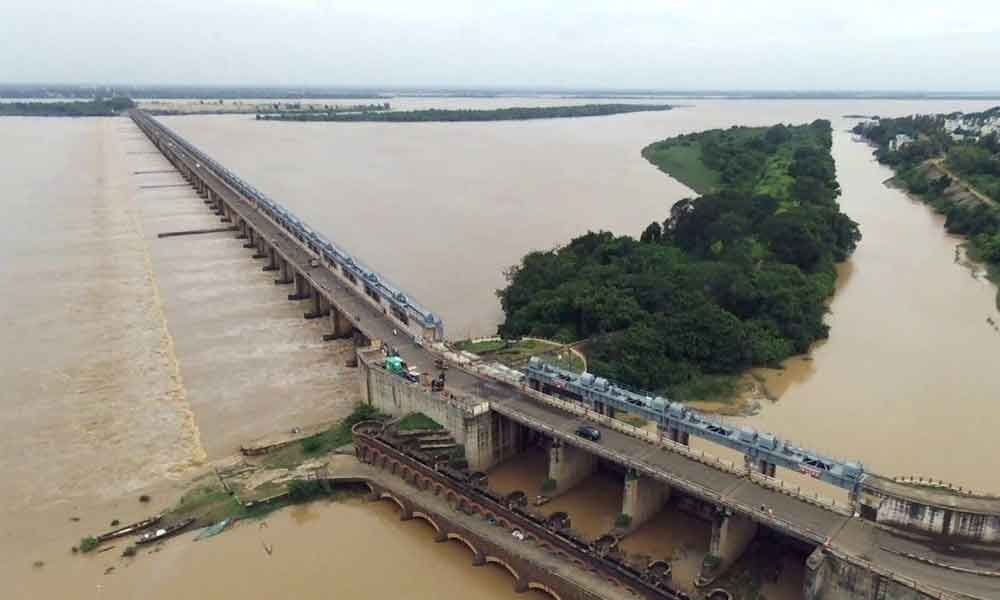
Ravana’s Historical Existence
The historical evidence related to Ravana, the antagonist in the Ramayana, is a topic of intrigue and speculation. Scholars and enthusiasts have explored various locations and artifacts that might be linked to Ravana’s kingdom, Lanka. Two notable sites often associated with Ravana are Sigiriya in Sri Lanka and the Kanniya Hot Springs.
Sigiriya, a UNESCO World Heritage site, is an ancient rock fortress with a palace complex situated atop a massive rock plateau. Some researchers suggest that Sigiriya could be linked to Ravana’s kingdom due to its impressive architectural features and strategic location. However, this connection remains speculative, as there is no conclusive evidence directly tying Sigiriya to Ravana.
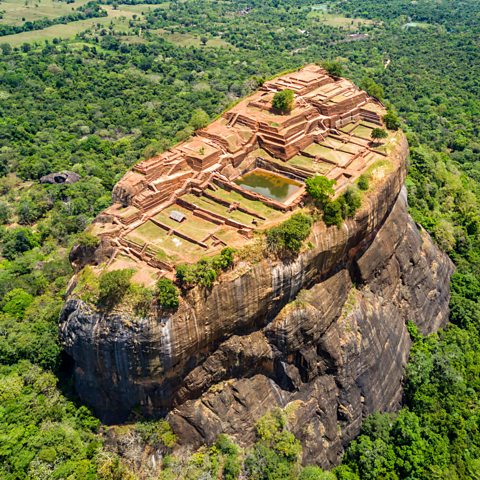
Kanniya Hot Springs, located in the Eastern Province of Sri Lanka, is another site believed by some to have connections to Ravana. According to local folklore, Ravana created these hot springs for his mother’s well-being.
Pushpaka Vimana
The Ramayana describes Pushpaka Vimana as a celestial flying vehicle used by Ravana. The concept of Pushpaka Vimana has sparked interest in the context of ancient aviation technology. While the epic provides vivid descriptions, interpreting them as evidence of advanced flying machines remains a matter of interpretation.
Exertions by the Sri Lankan government to study Ravana’s aviation history reflect a contemporary interest in exploring the Ramayana’s connection to technology and ancient civilizations. However, it’s essential to approach such studies with a critical lens, considering the symbolic and mythological aspects inherent in ancient epics.
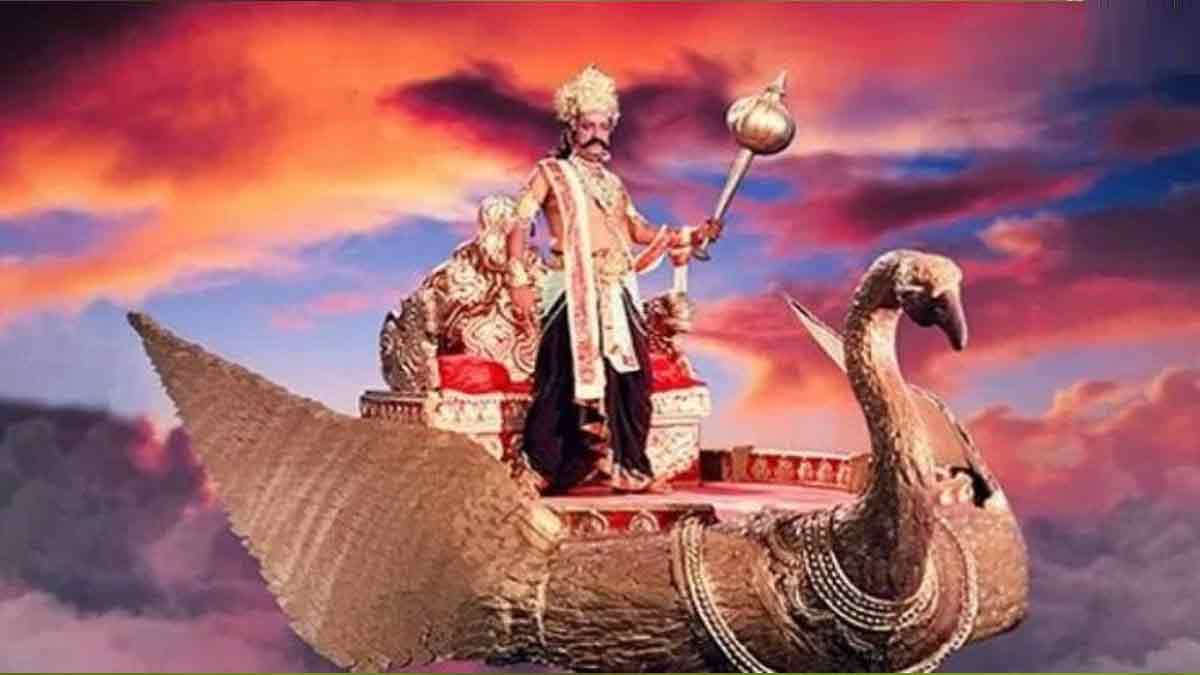
Researchers and archaeologists engage in ongoing efforts to uncover more tangible evidence related to Ravana’s historical footprint. These endeavors involve a multidisciplinary approach, combining archaeological findings, historical records, and cultural studies to unravel the layers of history and myth intertwined in the Ramayana narrative. As investigations continue, the quest for understanding the historical facets of Ravana’s kingdom and the legendary Pushpaka Vimana remains a fascinating journey bridging mythology and archaeology.
In conclusion, the exploration of the Ramayana unveils a rich historical tapestry threaded with mythology, astronomy, and archaeological remnants. The debate over the historicity of events, including Lord Ram’s birth and Ravana’s kingdom, invites scrutiny and contemplation. From NASA’s planetary software attempting to pinpoint Ram’s birth to the global acceptance of Ramayana across cultures. Encouraging people to dive deeper into this fascinating history, emphasizes the enduring cultural impact and widespread belief in Lord Ram beyond India’s borders. The ongoing research and discoveries, from the Gangetic belt to sites associated with Ravana, showcase a dynamic quest to separate the historical layers of this epic. As the historical evidence continues to captivate researchers, the Ramayana stands as a testament to the enduring allure of ancient records that transcend time and borders.
Also Read: Maratha Forts to be UNESCO World Heritage




